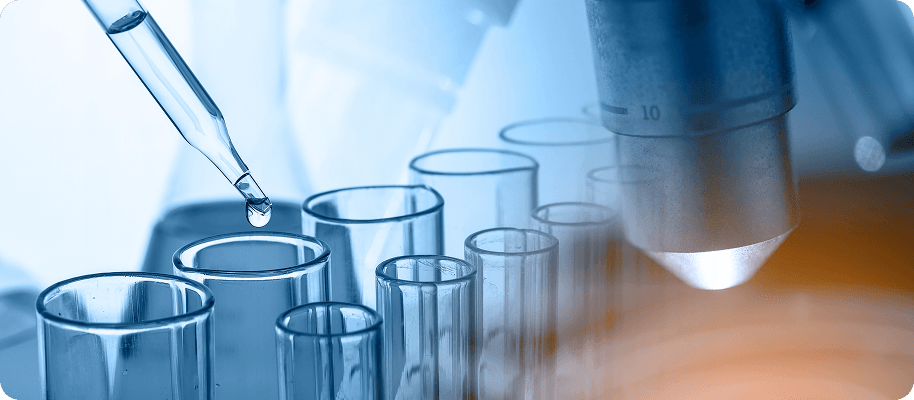Catalyst Technologies
We have a range of catalytic technologies and are working on the development of catalysts that will help reduce environmental impact.
Repertoire of catalytic technologies
We have a range of catalyst technologies, including the following.
Ethylene + Oxygen → Acetic acid*
Ethylene + Acetic acid → Ethyl acetate*
Ethylene + Acetic acid + Oxygen → Vinyl acetate
Ethylene + Oxygen → Acetaldehyde
Acetaldehyde → 1.3-Butylene glycol
Propylene + Acetic acid + Oxygen → Allyl acetate
Allyl acetate + Hydrogen → N-Propyl acetate
Alkanes → Alkenes
Polymerization reaction & Copolymerization reaction
Dehydration reaction
*Received the Minister of Economy, Trade and Industry prize of the Green & Sustainable Chemistry (GSC) Award (2007), Received the 56th Chemical Technology Award from the Chemical Society of Japan (2008)
Catalyst Development
Among these catalyst technologies, the catalyst-related design, analysis and performance evaluation technologies that we possess for the acetyl chain, which represents a unique business category of the Oita Complex, provides us with a particular advantage. By using these technologies, we are pushing ahead with the development of high-performance catalysts. We are also focusing on the development of operational technologies based on an analysis of the catalyst deterioration mechanism as well as on reaction analysis in our effort to optimize the performance of catalysts used at plants.
We are developing catalysts with lower environmental impact.
For example, by using a supported heteropoly acid catalyst jointly developed with a university, we have produced ethyl acetate from ethylene and acetic acid. This represents a resource- and energy-saving environment-friendly ethyl acetate production method that generates almost no by-products. We are working to further hone the catalyst and related operation technologies to reduce utility consumption in the production method, thereby making it even more environment-friendly.
For the production of vinyl acetate and allyl acetate, we are striving for higher yield and also developing catalysts to help reduce the generation of CO2. Relative to levels in the 2000s, we have achieved a reduction of 40% or more for CO2 generated as a by-product.
 Synthesis of ethyl acetate from ethylene and acetic acid on the surface of the supported heteropoly acid catalyst
Synthesis of ethyl acetate from ethylene and acetic acid on the surface of the supported heteropoly acid catalyst
 Ethyl acetate production plant (within the Oita Complex)
Ethyl acetate production plant (within the Oita Complex)



